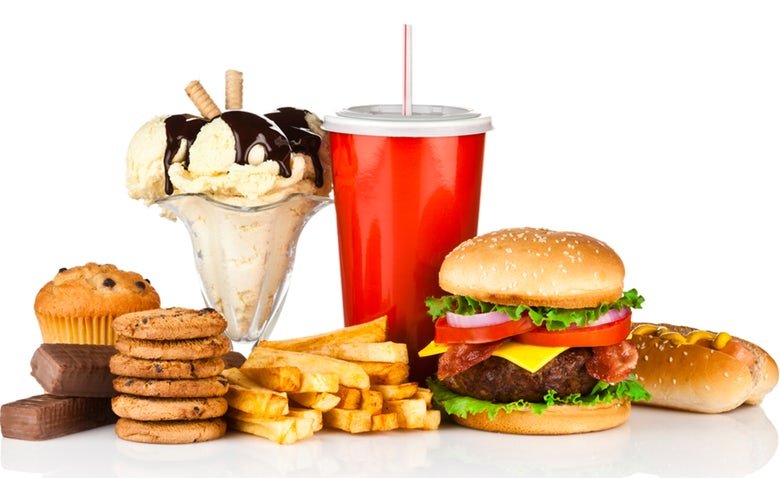How does a store, in reality, expect to recognize a customer these days, particularly if that client is buying internal a physical save? Increasingly, the solution seems to be through cameras.
 Today’s development comes from the drive-through lanes of the quick-food industry, in step with the Financial Times. It mentioned that “rapid-meals chains are seeking to install cameras that recognize license plates for you to perceive customers, customize digital menus, and speed up sales.” The fashionable idea of the route is to customize the client experience and also store clients the hassle of pulling out credit score playing cards or phones to make purchases. Starbucks, whose use of the cellular trade era is the supply of envy and imitation inside the brief-carrier restaurant (QSR) and even wider retail global, is also involved in this trend. The record said that the espresso chain has “began trialing one of these machines in Korea closing 12 months, with customers who preregistered their automobiles, but restaurants inside the U.S. Are now looking to comply with match.”
Today’s development comes from the drive-through lanes of the quick-food industry, in step with the Financial Times. It mentioned that “rapid-meals chains are seeking to install cameras that recognize license plates for you to perceive customers, customize digital menus, and speed up sales.” The fashionable idea of the route is to customize the client experience and also store clients the hassle of pulling out credit score playing cards or phones to make purchases. Starbucks, whose use of the cellular trade era is the supply of envy and imitation inside the brief-carrier restaurant (QSR) and even wider retail global, is also involved in this trend. The record said that the espresso chain has “began trialing one of these machines in Korea closing 12 months, with customers who preregistered their automobiles, but restaurants inside the U.S. Are now looking to comply with match.”
Lower Costs
Using cameras and software to understand license plates is nothing new in direction. Police have used such a method for a few forty years, in line with numerous accounts. But the latest changes have sparked even greater interest and innovation from trade operators. As the newspaper positioned it, “because the value of the software, and top-notch net-connected cameras, has come down, the uses of [license plate recognition] have grown.”
Grocery Push
Fast meals aren’t the most effective zone of retail where cameras may want to raise the patron experience — or even replace a terrific variety of cashiers. The grocery enterprise, already the website online of many retail innovation efforts, is an increasing number experimenting with cameras, with much of the rush coming from organizations based totally inside the U.K. For example, consistent with a latest Wall Street Journal record, British grocer Tesco plans to open a “choose and pass” or “frictionless buying” keep to the public next yr, following trying out the store technology with employees. “Eventually, it wants to use the technology, advanced using Israeli startup Trigo Vision, in extra of its smaller grocery stores,” the file said. The move of the route is inspired by what Amazon is doing in its Amazon Go grocery shops.
Sainsbury’s also is taking part in the cashierless push. It has opened a checkout-loose keep in Holborn Circus, London, where consumers use a smartphone app after they keep it at the store, CNBC pronounced. When consumers save at the store, they could scan their selections, make bills through an app and scan a short-reaction (QR) code to confirm their payments. The tills and checkout places of the store have been removed, and a help table was created to help clients who need to make coins or card bills. This is an experiment as opposed to a new layout for us — it hasn’t been executed inside the U.K. Before, and we’re absolutely excited to understand how our customers respond to the app experience,” Sainsbury’s Group Chief Digital Officer Clodagh Moriarty said, in line with the file. “We’ll be with our customers and associates all the manner over the approaching months, iterating constantly based on their comments earlier than we decide if, how, and in which we make this revel in more broadly to be had.”
As for the camera proposition with fast food, the FT stated that “customers who had signed up to loyalty packages or a restaurant’s app could add their registration code to their current profile; cameras positioned in force-thru lanes might then take pix of car plates, and the analysis software program would determine whether or not it belonged to a known purchaser.” Keep remembering to smile — there’s an awesome hazard that greater cameras will finally make their way to a number of your preferred retail places.










